The Standard Model of Particles is a theoretical framework that describes the fundamental building blocks of matter and their interactions. It is a comprehensive theory that has been developed and tested over several decades and is considered one of the pillars of modern physics.
The Standard Model consists of three main components: fermions, bosons, and the Higgs boson. Fermions are the particles that make up matter, including electrons, quarks, and neutrinos. Bosons are the particles that mediate forces, including photons, gluons, and W and Z bosons. The Higgs boson is a special type of boson that is responsible for giving other particles mass.
The fermions are divided into two categories: quarks and leptons. Quarks are the building blocks of protons and neutrons and are found inside the nucleus of an atom. Leptons, on the other hand, do not interact with the strong nuclear force and include electrons and neutrinos.
The interactions between particles are described by the exchange of bosons. Photons are the particles responsible for electromagnetic interactions, gluons are responsible for the strong nuclear force, and the W and Z bosons are responsible for the weak nuclear force. These forces govern the behavior of particles at the subatomic level and are crucial for understanding the structure of matter.
One of the most significant predictions of the Standard Model is the Higgs boson. The Higgs boson is responsible for giving other particles mass and plays a crucial role in explaining why some particles have mass while others do not. Its discovery in 2012 at the Large Hadron Collider confirmed the validity of the Standard Model and was a major milestone in the field of physics.
In conclusion, the Standard Model of Particles is a comprehensive and well-established theory that describes the fundamental building blocks of matter and their interactions. Its predictions have been confirmed through numerous experiments and it remains one of the most important theories in physics. While the Standard Model is not a complete theory and does not account for certain phenomena, such as dark matter and dark energy, it provides a strong foundation for further study and exploration in the field of particle physics.
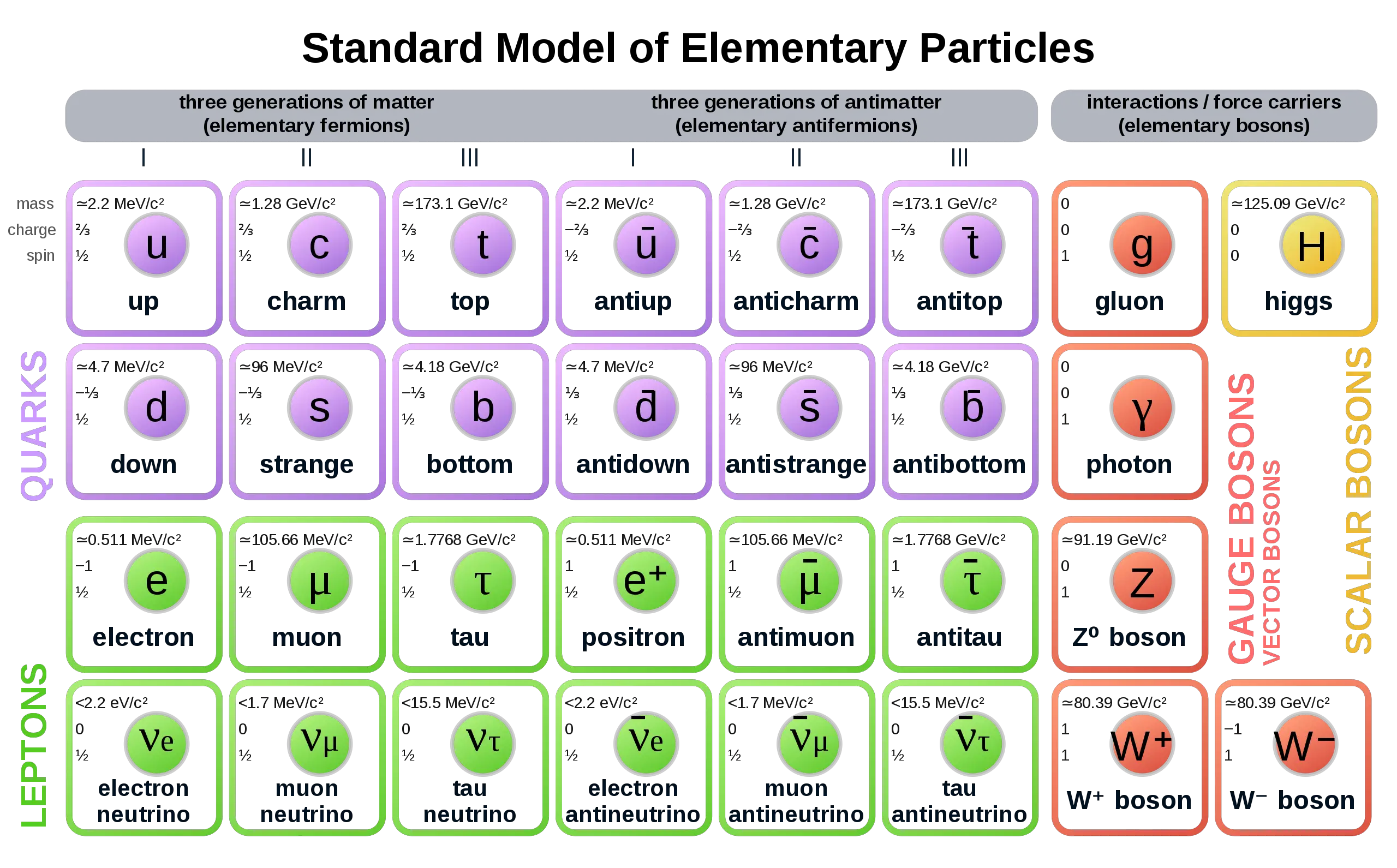
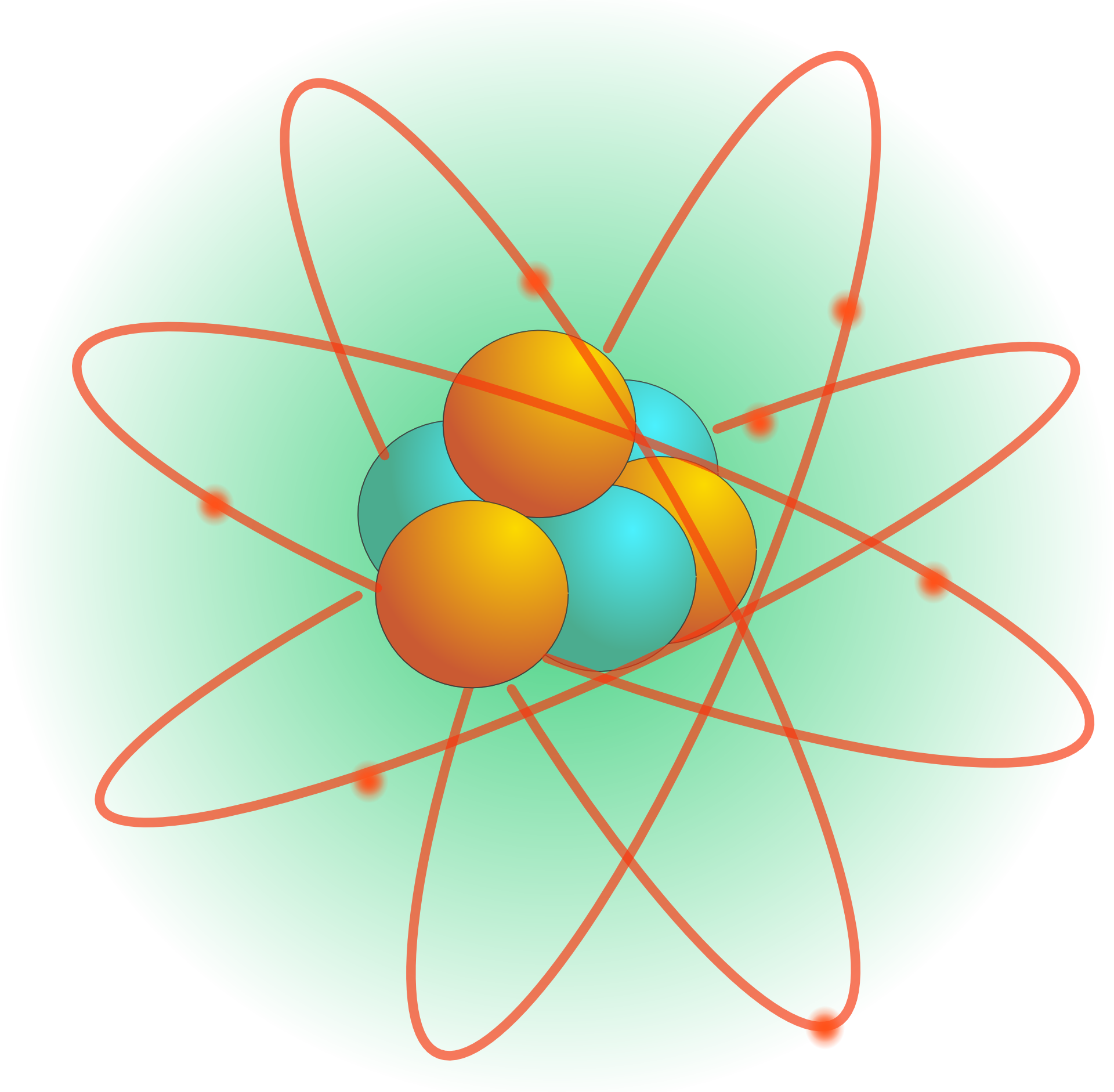

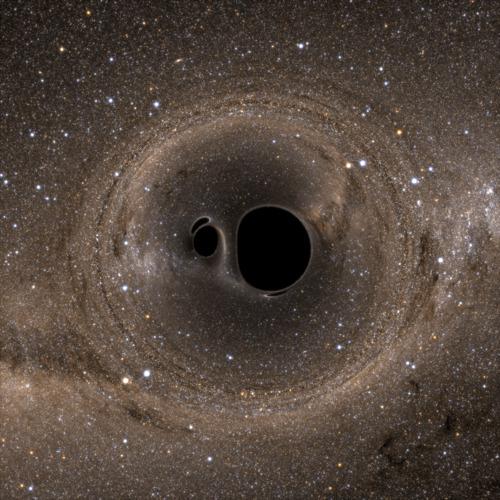


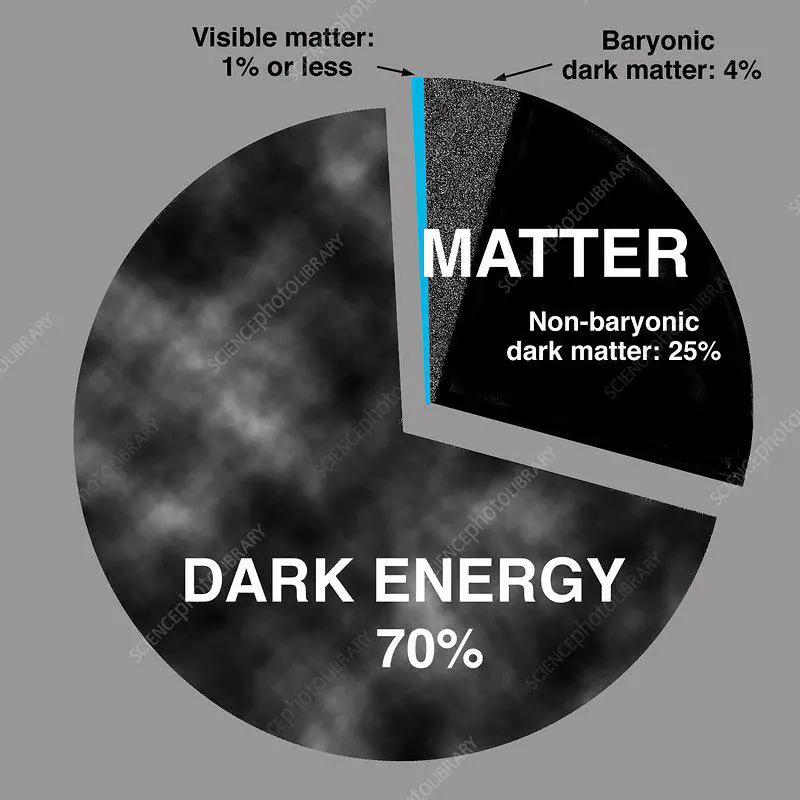
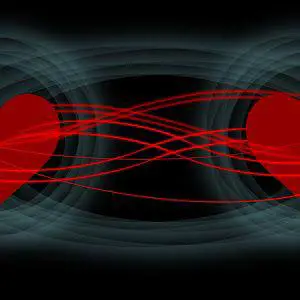













0 Comments, latest